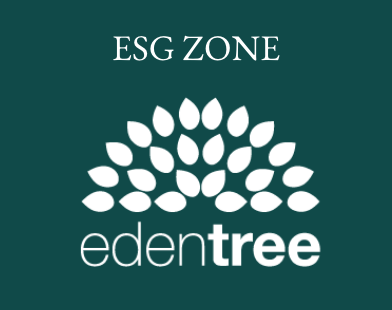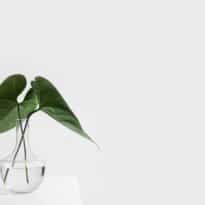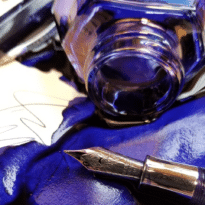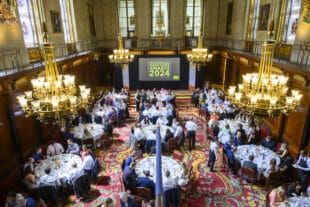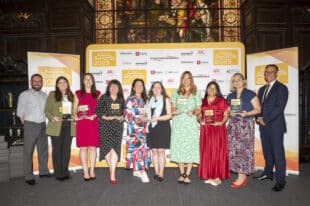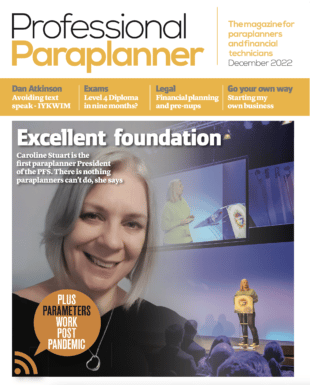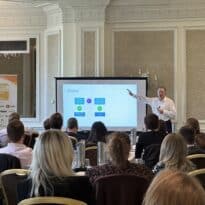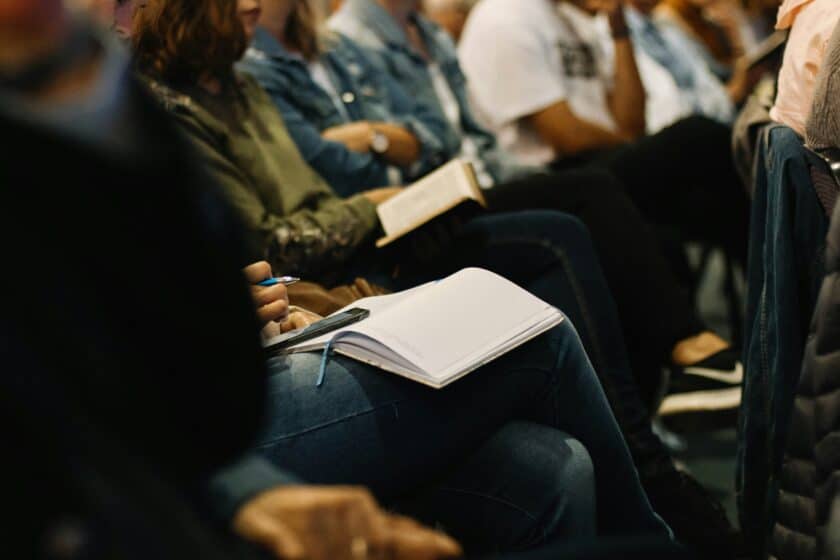Most of us take notes at conferences and never look at them again. So how can we ensure we create a resource that we can refer and use over time? Alan Gow, Director of Argonaut Paraplanning and member of the PFS Paraplanner Panel, offers some insights.
After years of going to seminars, conferences and other events, I have notebooks filled with scribblings, none of which are organised in any useful way. Even if I knew I’d taken notes on a particular topic, I’m not sure I could locate them if I wanted to. It is, uncharacteristically, a bit of a jumble. Does this sound familiar?
I wondered what other people do with their notes and whether I could steal some useful ideas from other paraplanners. This prompted me to put a poll on LinkedIn, asking my connections ‘what works for you, what doesn’t, and how do we maximise the value we get from presentations at events?’.
The results were quite revealing, although perhaps not surprising: a staggering 65% of respondents admitted that they put their notes on the shelf and never look at them again. This statistic highlights a common issue many professionals face – how to effectively use the information we collect at conferences and seminars.
Events like the Professional Paraplanner Technical Insights Seminars and the upcoming PFS National Paraplanner Conference (May 7th) are a treasure trove of knowledge, ideas and insights. But the true value of attending these events (apart from the networking and a decent lunch!) can be lost if we don’t capture the information in a succinct and useable way. Effective note-taking isn’t just about jotting down what’s said; it’s about creating a resource that can be referred to and acted on after the event is over.
Us paraplanners are pretty good at taking notes, the key points being to:
- Prepare in advance: Before attending the event, take a fresh look at the agenda and identify the sessions that are most relevant to you. This will help you focus your note-taking on the most important topics.
- Use a structured format: Organise your notes using a structured format, with event names and dates, using a fresh page per topic. Stick to bullet points where possible. This makes it easier to review and find specific information later.
- Highlight key points: During the sessions, highlight key points. Use symbols or colours to differentiate between types of information, such as action items, important facts or questions.
- Capture visuals: If the speaker uses slides or visual aids, take photos or ask for copies of the presentation. Visuals can be a great way to complement your written notes.
- Keep it online: This makes it much easier to organise, edit and share with others.
That’s the easy bit nailed. Now comes what seems for most of us to be the hard part. After the event, when you come back to your desk with a day’s emails to catch up on, just take 5 minutes to:
- Review and organise: This is so much more valuable while the topics are fresh in your mind.
- Prioritise and schedule actions: This will help you build tasks into your to-do list, and deadlines will make sure they get done.
- Share with colleagues: Some of your colleagues may not have been able to attend an event, but they can still share in your learning. This could mean sharing key points in a team meeting or sharing slides or other visuals. These discussions and collaborations can help reinforce your own learning, and training other can count as CPD too.
- Incorporate into your work: Look for ways to incorporate the new knowledge into your daily work. This could be through process improvements or putting new strategies in place.
- Follow up: If you have questions or need further clarification on certain points, contact the speakers, who will usually be more than happy to share their expertise. This also helps build your professional network.
The results from the LinkedIn poll expose a common issue. Much of the value in attending events lies in how we capture and use the information presented. Taking effective notes and consciously reviewing them can help us make sure they don’t have a limited shelf-life.
Main image: sincerely-media-dGxOgeXAXm8-unsplash-



